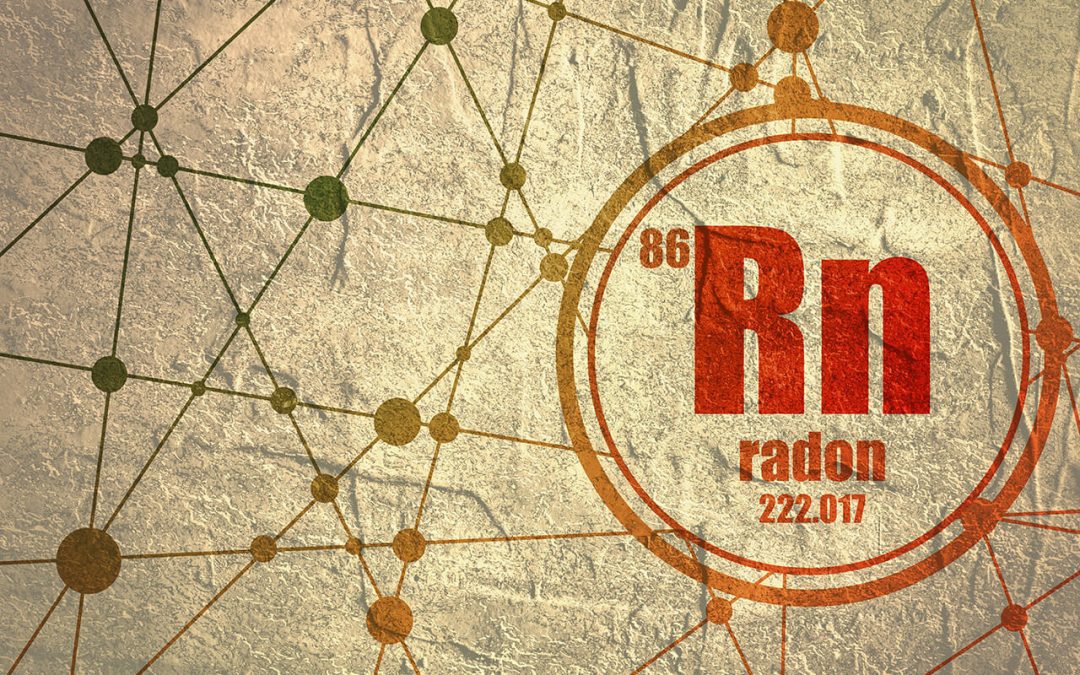Radon is a naturally occurring gas that is present inside and outdoors. Too much radon in your home is a cause for concern, as this invisible, odorless gas can cause health issues. The EPA states that radon in the home should not exceed levels of 4.0 pCi/L. Take steps to mitigate radon levels between 2.0 and 4.0 pCi/L and above. Here are a few ways to make reduce radon in your home.
Radon tends to accumulate on lower levels of your home. Order a professional radon test to know how much radon is in your home. If you have a mitigation system installed, you can do it yourself to decrease radon levels right away.
Cover the Ground to Reduce Radon in Your Home
A common area of radon accumulation in your house is the crawl space. Radon rises out of the ground as metals such as thorium, uranium, and radium break down.
Exposed dirt or gravel underneath your house allows radon to seep up. If you have a crawlspace, seal the floor. Thick plastic sheeting gets the job done effectively. Sealing the plastic sheet against the walls will prevent radon from leaking through gaps.
Reduce Radon in Your Home by Opening the Windows Often
Opening the window is helpful for ridding your house of stale, stuffy air. Another benefit of fresh air is that good circulation decreases the radon in your home.
If you live in a moderate climate, keep the windows open as often as possible. Install screen to keep insects out but still allow airflow through the home.
Even if you live in a cold climate with long winters, you can open the windows during the warm seasons. For 5 or 10 minutes, open them briefly throughout the winter to boost air circulation and let accumulated radon escape.
Install a Mitigation System to Make a Home Safer from Radon Gas
Keeping your windows open 24/7 is not a practical solution for everyone, especially during the cold weather. To keep your home safe year-round, invest in a professional radon mitigation system to prevent the dangerous gas from accumulating indoors.
Radon mitigation systems are worth the installation costs, as they draw the radon from lower areas such as the basement, which are hard to keep ventilated. A fan blows the gas through a pipe and outside of the house.
Don’t Smoke Inside the Home
Eliminating cigarette smoke will not reduce the amount of radon in the home, but it does reduce radon-related risks. Radon is one of the most common causes of lung cancer in people who do not smoke cigarettes. However, if you smoke, your risk of cancer increases even more.
Radon in the home combined with cigarette smoke increases everyone’s chances of developing lung cancer. If you or another household member smokes, create a place for smoking outdoors to keep your home safe.
High levels of radon indoors can be harmful to your health. Preventing this gas from building up indoors is the best course of action. Contact a qualified radon professional to test your home for this gas and install a mitigation system.
Libra Inspections provides home inspections to buyers and sellers in Central Illinois. Contact us to request our services.

